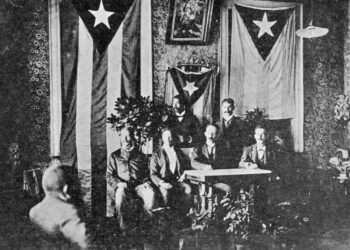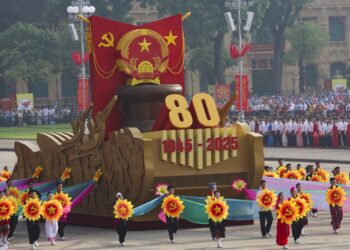A simple phrase published in the Official Gazette in November 2011―“the transfer of ownership of a home through buying and selling, between individuals, is directly formalized before a notary”―would change considerably not only the legal panorama, but also physical and social, of Cuban cities. With this amending provision of the General Housing Law [i], the transfer of ownership of numerous pre-existing administrative limitations was freed and de facto opened up the possibility of reopening a real estate market in Cuba after half a century.
It should be recalled that in Cuba you can only own a town home and a summer home and that only Cubans and foreign residents can be owners. It is also appropriate to specify that the market refers to housing buildings, but not to the land. The non-existence of a Land Law leads to a lack of definitions and contradictions, since two legal realities coexist: a constructed fund subject to commercial exchange and an empty plot of land, mostly nationalized, on which the State can assign the surface right for the construction of housing in exchange for a modest payment.
Although the 2011 provision refers to the transfer of rights related to home ownership, this indirectly concerns the land from two points of view. On the one hand, no dwelling is not associated with a piece of land and does not convey in its financial assessment the value of the land on which it stands. On the other, the location of that dwelling itself in a certain city and, within it, in a specific area, regardless of its intrinsic values (material, construction date, etc.), affects its value in terms of accessibility and technical and service infrastructure available in the area.

Who are the main protagonists of these exchanges, who are the potential sellers and buyers?
Among the first are families that have a spacious home and limited income and need funds to live more comfortably, so they sacrifice their current residence for a smaller one, with less comfort or further away from the center. There are also those who require capital to open a private business and do not have another source of financing, or who are leaving the country and emigrating with capital gives them a new start at their destination. Finally, there is no shortage of people―mostly foreigners―who have entered (through Cuban figureheads) in the business of buying and selling and have found a niche of surplus value in the purchase, repair and subsequent sale.
Two segments stand out among the buyers. A group of Cubans with limited incomes, among which are young couples, families that need to be broken down due to excessive overcrowding, divorce or other causes and those who migrate from another part of the country and need a home. Among the higher income buyers, Cubans with relatives abroad can be identified as having capital to invest in a business (in general, the rental of homes and rooms) or to help them solve the housing problem; Cubans with sufficient funds to improve their housing situation; and foreigners or Cubans living abroad who want to invest in businesses on the island (restaurants, rental of houses for tourists, purchase-repair-sale, etc.).

The Cuban real estate market’s supply and demand have dissimilar and sometimes very peculiar means of contact and exchange. The technical capacity in the link between supply and demand has been improving, moving from rudimentary contacts between buyers and sellers through “brokers” or “property sales managers” to more sophisticated solutions that can be web portals such as “Revolico,” “Porlalivre,” “Cubisima,” “Casas Cubanas,” etc., and some real estate agencies.
Eight years have gone by since the policy change and it is already possible to identify some of the features of the process that was initiated, although it is difficult to characterize this market due to the opacity of information regarding transactions. Public statistics are practically nil, although the State has the information since the statistical register exists (transactions must be made before a notary and communicated to the Ministry of Justice). That is why many of the following observations still have only a qualitative assessment, mainly taken from the web pages dedicated to publishing the sale and purchase ads.
The market’s evolution
Apparently, the buying and selling process that started in 2011 grew considerably in the first years. It was reported that 45,000 houses were sold in 2012 and 88,000 in 2013 [ii] throughout the country, but in 2016 the volume began to decrease. A view of the Cubisima portal [iii] shows us that, although in 2012 about 8,000 new ads were registered in the capital, in 2015 they exceeded 25,000, but starting that year they began decreasing to about 9,000 today [iv].
After a stage of high expectations in 2015, with the resumption of diplomatic relations with the U.S., the Havana market is currently showing signs of contraction due to the coercive measures of the Trump administration.
To the external migratory restrictions, which lower the interest to sell one’s home to migrate, are added the limitations in the sending of remittances and the decrease of U.S. (and also European) tourism, which has lowered the demand and the prices of the rooms and houses for rent. The only factor that, for now, could revive the market would be Cubans returning to the country (about 30,000 in the last six years in the capital), but it does not seem to be decisive.
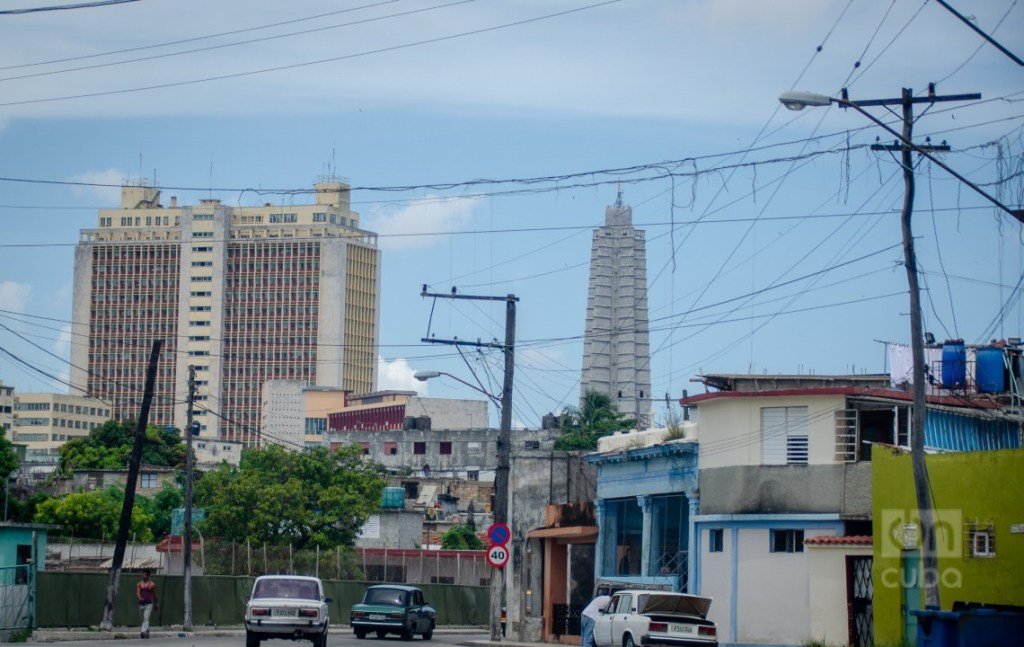
It should be stressed that the Cuban real estate market is mostly a Havana phenomenon. More than 80% of the sales ads are located in the capital, while the rest is distributed between tourist areas and provincial capitals. In the city, in turn, it is concentrated in the coastal municipalities of Old Havana (6%), Centro Habana (12%), Plaza (13%) and Playa (22%), which accumulate more than half of the ads, with only a quarter of the population. Those municipalities are also the ones that have the highest prices.
There is also a transfer of lower-income population―from the north to the south and from the center to the periphery of the city―which is replaced by the more solvent strata of emerging elites that are positioning themselves in the Havana bourgeoisie’s former neighborhoods (Siboney, Atabey, Miramar, Kohly, Nuevo Vedado…). This reproduces a socio-geographical stratification that had considerably faded during the first decades of the Revolution.
One of the areas where the transformations have had a greater physical impact is Old Havana, where symptoms of gentrification are already evident. There are strong private investments in the rehabilitation of old buildings to be used for tourist accommodation or services for tourism (commerce, gastronomy) and the investments scale is growing economically and physically (initially, individual apartments or houses were purchased while currently there are already cases of buying whole buildings and parts of blocks…).
The current average value of operations in the city has certainly decreased. Half of the offers are lower than 30,000 CUC, 35% are between 30,000 and 100,000 and only 15% exceed 100,000 CUC. In the first years there was a segmentation of the market into two strata, one of prices below 25,000 CUC for small homes, sometimes in regular or poor condition or in peripheral neighborhoods, which were the ones that could be most within reach of most of the population, and another, which included homes for more than 50,000 CUC to more than a million, mostly operated through foreign capital, either from relatives of Cubans residing abroad or from investors from other countries that illegally operate in Cuba through figureheads.
At present, the most numerous range (23%) is the one in the range of between 10,000 and 20,000 CUC and as the prices increase, the number of offers is gradually decreasing. This could suggest a decrease in the involvement of foreign capital in the market, according to the general drop in expectations. Therefore, by reversing the reasoning, one could also expect that, when relations with the U.S. resume (2021, 2025?), the market will be revived again, raising prices again and, perhaps, fragmenting it again.
Territorial, social, legal and financial implications
The activity has its lights and shadows. Among the first there could be an undoubted improvement in the appearance of buildings thanks to their rehabilitation, as well as the creation of a significant number of jobs both in construction work and in the gastronomy or accommodation businesses that are being created.
No less important is the opening of greater opportunities for the rearrangement of the population in the dwelling fund, previously limited to the “swapping” or bartering of homes. On the other hand, the reform has put value to an asset that was practically asleep. If we conservatively evaluate the number of transactions made in the eight years in about 350,000 and an average value of 20,000 CUC, the activated financial volume would be about seven billion CUC, that is, about a billion a year.
Among the negative aspects we can mention the growing social differentiation and redistribution of the population in the urban territory according to their economic capacity, as well as the illegal environment surrounding a part of the real estate businesses (existence of figureheads, possible bribes, etc.).
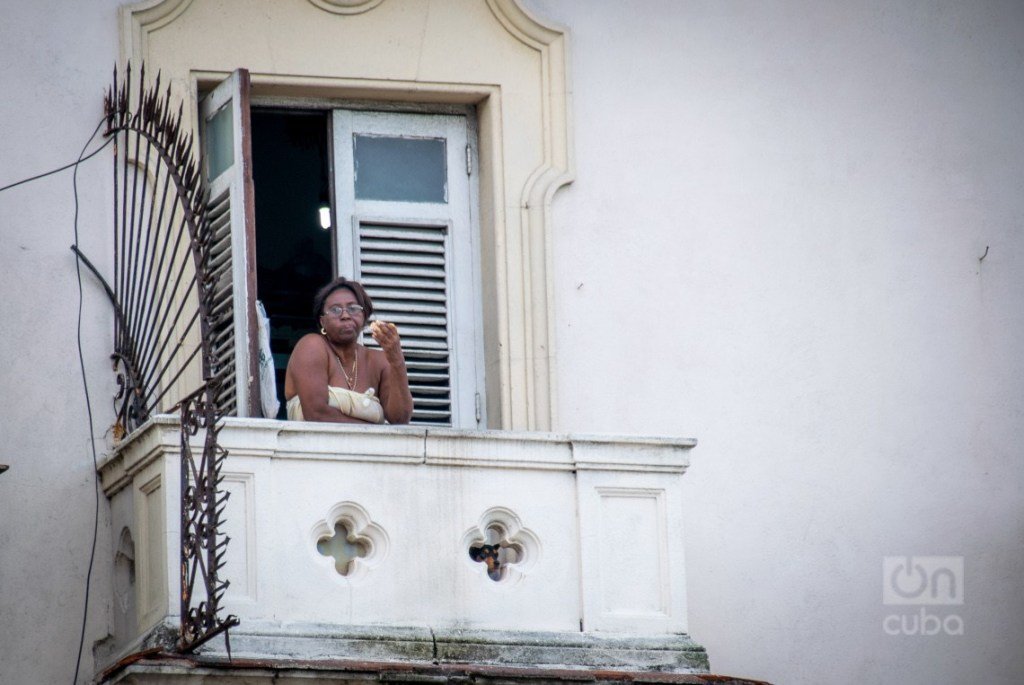
Another conflicting aspect are the inconsistencies of the procedure that are evident between different institutions and regulations. For example, although commercial licenses are granted to operate in homes, construction or work permits do not include such figures, being limited only to the rehabilitation of residences, so that any adaptation of premises must be “disguised” as housing.
The reform of the current economic and social model involved a review of fiscal instruments. This materialized in a new Tax Law in 2012 [v], in which, of the 25 expected taxes, only two have to do directly with housing: property taxes on homes and vacant lots and on the transfer of assets and inheritances. The first is 2% of the value recognized in the title deed, although it has not yet been implemented in 2019 since the urban cadastre has not been completed and the registration of property only includes a part of the urban real estate. The second applies to transfers of property over movable and immovable goods, it is 4% of their legal value and both the buyer and the seller pay the tax.
For homes this value has been the one declared by the parties, provided that it is equal to or higher than that stated in the title deed, which is extremely low. That is why in 2017 Decree Law 343 [vi] introduced a “reference value” (minimum) of the dwelling on which taxes must be paid in order to be able to get closer to the real values of housing transfer, counteract tax evasion and strengthen tax control mechanisms.
To identify the reference value, the constructive characteristics of the dwellings, their size and their geographical location in areas differentiated by their level of urbanization are taken into account. This procedure makes the values in Havana vary between the following parameters: from 2,880 to 18,840 CUC in the municipalities of Playa, Plaza and Old Havana; from 2,400 to 15,700 in Cerro, Centro Habana, 10 de octubre and Habana del Este; and from 1,920 to 6,800 in the city’s other municipalities.
Although the referential assessment that is available is considerably higher (between 15 and 20 times) than that stated in the property titles, it is still well below the market price (which can be 10 times higher). For example, a good apartment in one of the best neighborhoods in the city (Miramar) is valued at 1,200 CUC in its title, has a reference value of 18,000 CUC and a market value of 200,000 CUC. The ratio is 1 – 15 – 167!
While it is true that Cuba was able to get rid of real estate speculation for more than 50 years through the nationalization of the majority of unbuilt urban land and the allocation of a fixed price per m2, the opening of the real estate market in 2011 has evidently created loopholes that can cause some legal disorder to the extent that foreign investors have used national figureheads to acquire buildings and profit from their commercial exploitation or from their rehabilitation and subsequent sale.
It will be important to find administrative and legal mechanisms that limit as far as possible the reappearance of speculative phenomena. The introduction of a reference value for the payment of taxes is geared at that, but it does not seem sufficient to adequately regulate the current real estate market. More strategically important will be to maintain control of currently public land to prevent the reintroduction of speculative phenomena in urban areas.
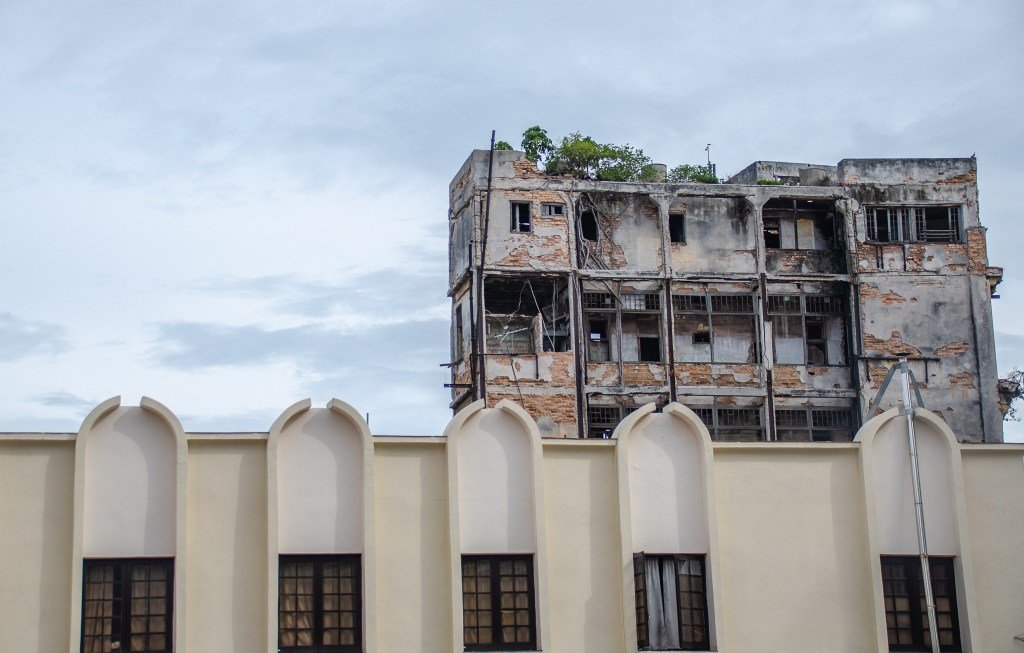
In any case, it would be convenient to act in some directions in order to circumscribe the real estate market in more precise frameworks:
- Continue to improve (update and computerize them) and make public the local information systems, property records and the completion of the urban cadastre as necessary bases to strengthen legal security.
- Improve the regulation and control of the land through a greater public dissemination of the planning instruments, the recovery of urban discipline and the strengthening of the attributions of the territorial authorities (municipal governments) in relation to the sectorial ones (ministries and ministerial delegations).
- Simplify and make compatible the procedures for the valuation of land (surface right price, cadastral value and market value) and housing (value inscribed in the title deed, reference value and market value).
- Clearly define what the local real estate assets are, since the agents that manage land in Cuba are not municipal governments (which would watch over territorial logics) but ministerial departments (which tend to defend sectoral logics). It would be very appropriate for the municipality to establish and manage its own land fund.
- Strengthen local finances through credit, public-private cooperation, as well as through tax (activation of the real estate tax, introduction of a tax that captures and recovers part of the capital gains, introduction of a tax for idle urban land, introduction of contributions for improvements, expansion of the territorial contribution for local development and introduction of new rates), including also in that taxation, when appropriate, the state entities managing real estate assets.
As in any urban phenomenon, the change of one of the elements of the system has repercussions on the whole structure, so you also have to think―and legislate―in an integral way and adapt all the affected elements. Although the opening of the real estate market is undoubtedly a globally positive measure, it is essential to complete and update the financial and legal instruments that manage to control the most negative aspects of its functioning. The next few years, without a doubt, will demand it.
Notes:
[i] MINISTRY OF JUSTICE. Gaceta Oficial de la República de Cuba nº 35 Extraordinaria of November 2, 2011
[ii] MORALES, EMILIO: Mercado inmobiliario en Cuba: 88,000 casas vendidas el año pasado.
[iii] http: //www.cubisima
[iv] The counting was carried out from September to September to include this year.
[v] MINISTRY OF JUSTICE. Gaceta Oficial de la República de Cuba nº 53 Ordinaria of November 21, 2012
[vi] MINISTRY OF JUSTICE. Gaceta Oficial de la República de Cuba nº 16 Extraordinaria of April 11, 2017.









